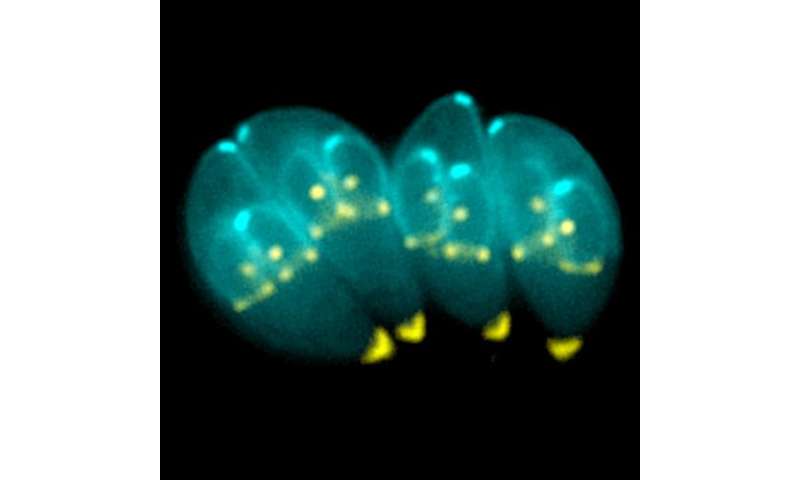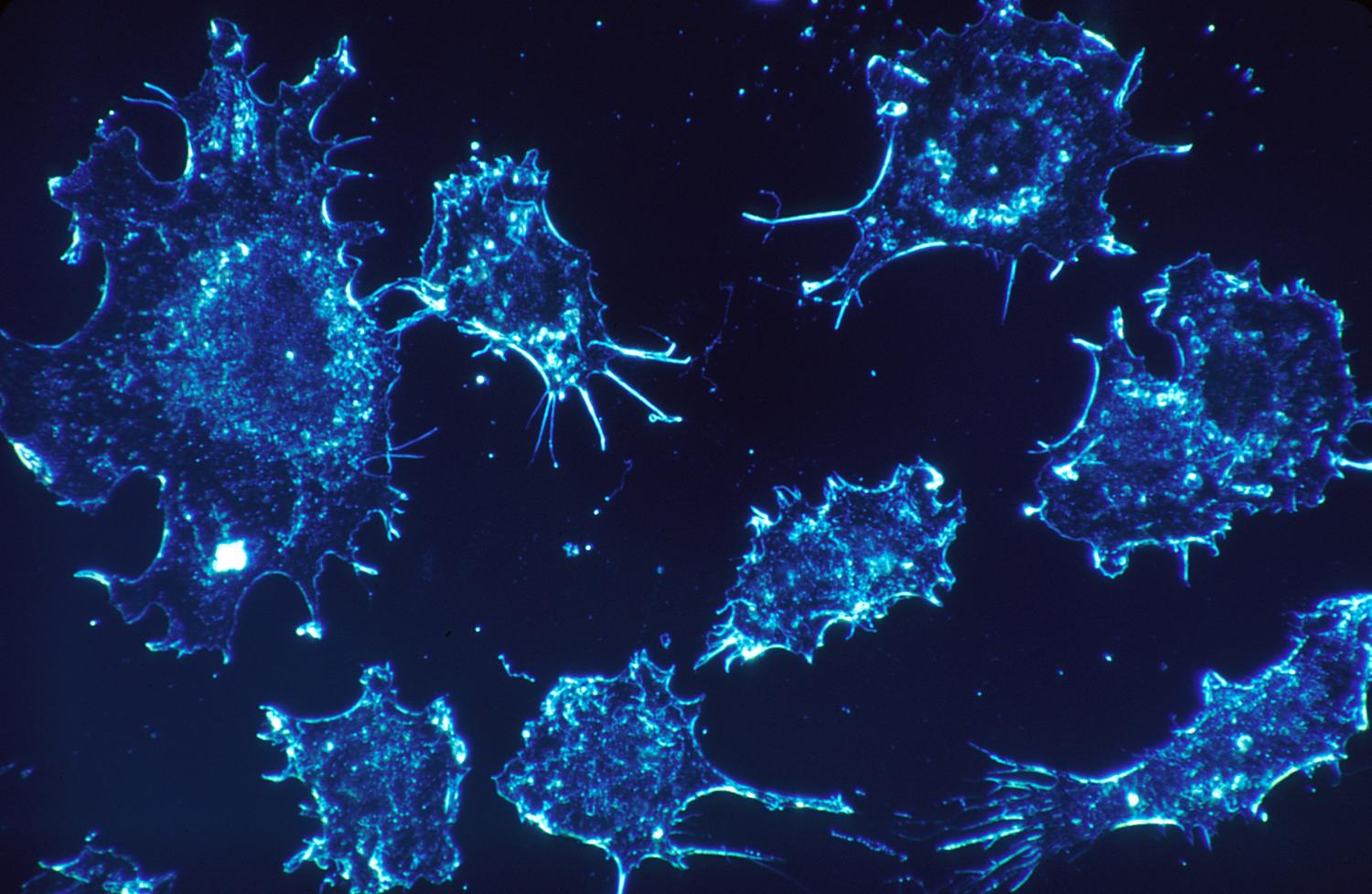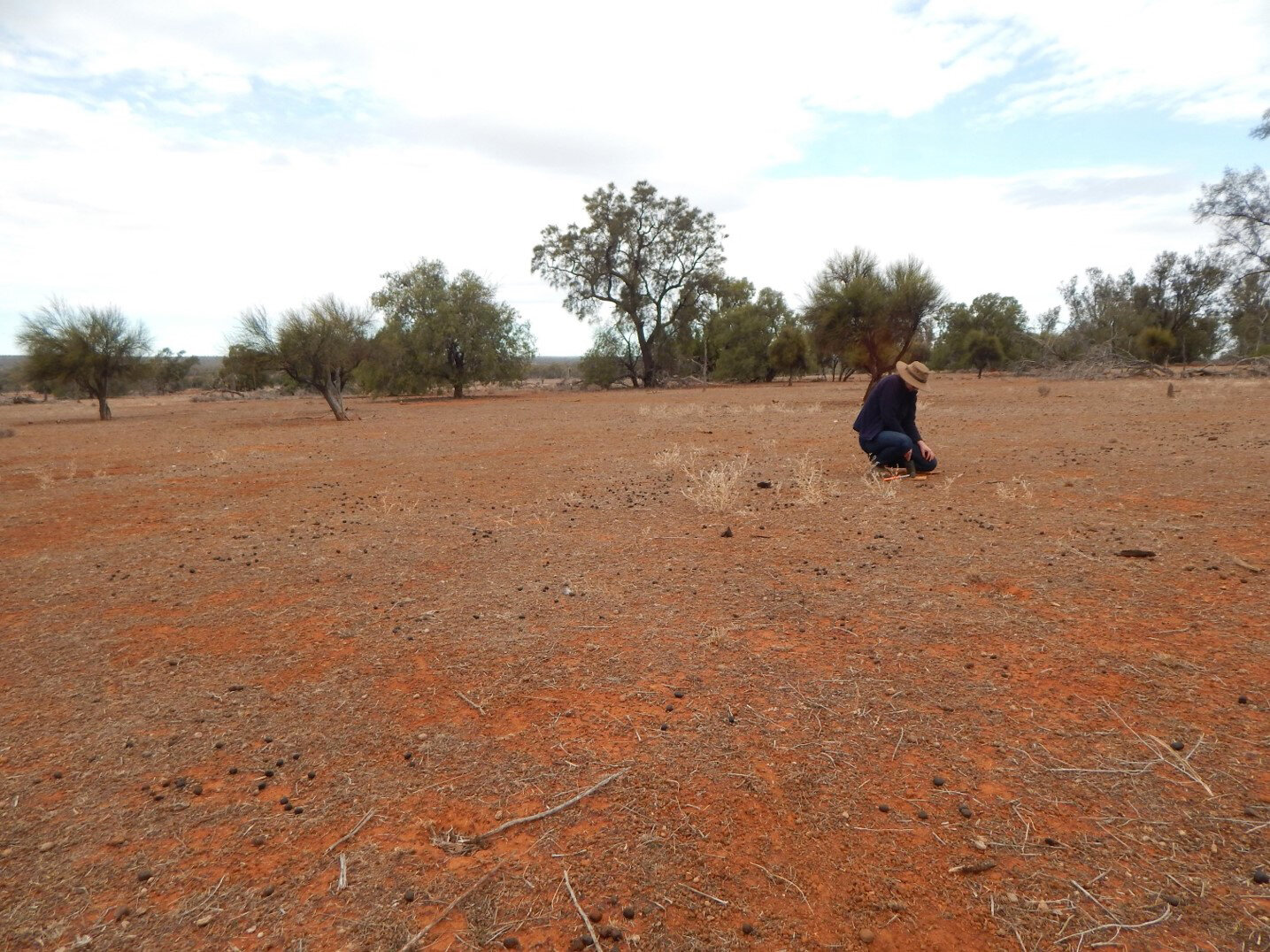#How Toxoplasma parasites glide so swiftly
“#How Toxoplasma parasites glide so swiftly”

If you’re a cat owner, you might have heard of Toxoplasma gondii, a protozoan that sometimes infects humans through contact with contaminated feces in litterboxes. Although harmless to most people, T. gondii can cause serious illness or death in immunocompromised individuals or fetuses of infected pregnant women. Now, researchers reporting in ACS Nano have studied how the microorganism glides so swiftly through mammalian tissues during an infection.
According to the U.S. Centers for Disease Control and Prevention, about 11% of the U.S. population, and up to 60% of people in some parts of the world, have been infected with T. gondii, which can also be transmitted through contaminated food and water. Although the parasite infects most mammals, it only reproduces sexually in cats, which can expel large numbers of T. gondii oocysts in their feces. Once ingested by people or animals, the oocysts’ envelopes are broken down by digestive enzymes, releasing parasites that can enter cells of the small intestine. There, the parasites transition into what is called the tachyzoite stage, in which they can move very quickly, massively multiply inside host cells and spread throughout the body, forming long-lived cysts in tissues such as muscle, eye and brain. Isabelle Tardieux and colleagues wanted to determine how these tiny tachyzoites glide so swiftly through tissues in a unique helical motion.
To find out, the researchers combined several types of high-resolution and high-speed 2-D and 3-D live imaging with force microscopy methods. They examined the parasites’ movements through collagen fibers that mimicked the extracellular matrix—a dense network of proteins that surrounds cells in tissues. Tachyzoites squeezed through the collagen meshwork by first pausing and forming a kink in the front part of their bodies. Then, the cell bodies contracted, and the parasites surged forward with a spring-like motion. Delving deeper with the help of photomicropatterning and machine learning approaches, the researchers found that these movements were caused by the formation and breakage of specific attachments between the protozoans and collagen fibers, resulting in the buildup of contractile forces in the parasites’ cytoskeletons. When the front tip of a parasite released its hold on the fibers, it sprung forward with a super-fast, helical glide.
Georgios Pavlou et al. Coupling Polar Adhesion with Traction, Spring, and Torque Forces Allows High-Speed Helical Migration of the Protozoan Parasite Toxoplasma, ACS Nano (2020). DOI: 10.1021/acsnano.0c01893
How Toxoplasma parasites glide so swiftly (2020, June 17)
retrieved 17 June 2020
from https://phys.org/news/2020-06-toxoplasma-parasites-glide-swiftly.html
This document is subject to copyright. Apart from any fair dealing for the purpose of private study or research, no
part may be reproduced without the written permission. The content is provided for information purposes only.
If you want to read more Like this articles, you can visit our Science category.
if you want to watch Movies or Tv Shows go to Dizi.BuradaBiliyorum.Com for forums sites go to Forum.BuradaBiliyorum.Com


